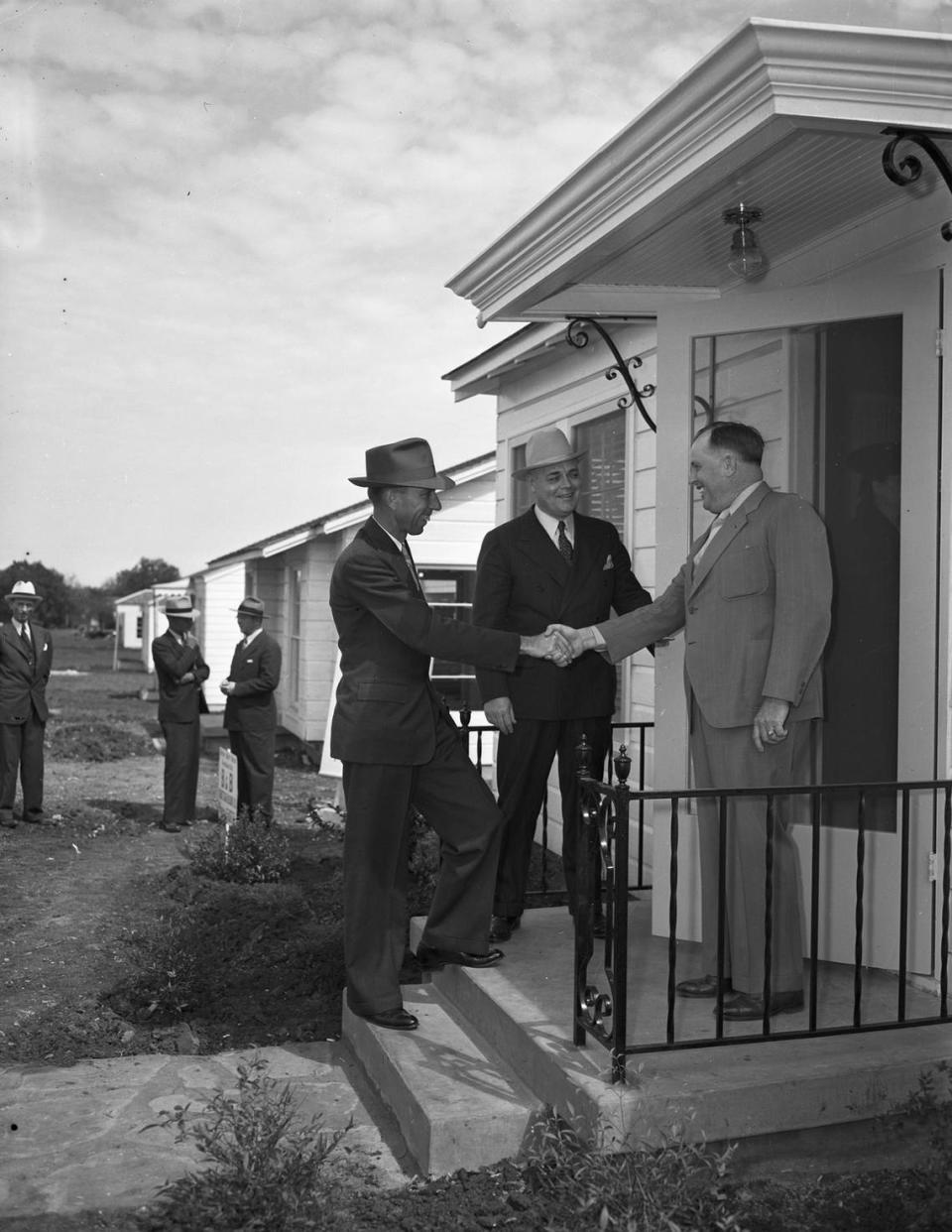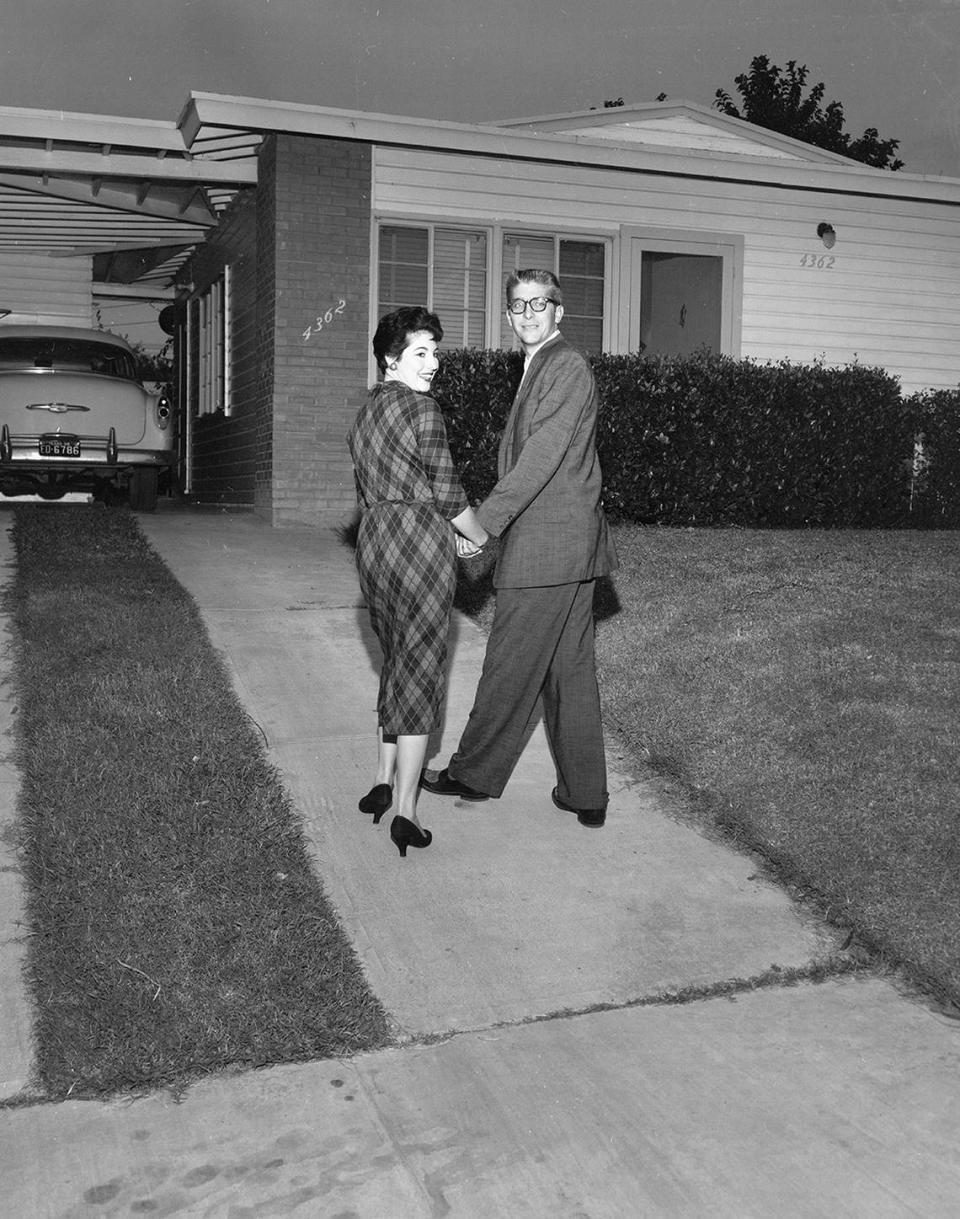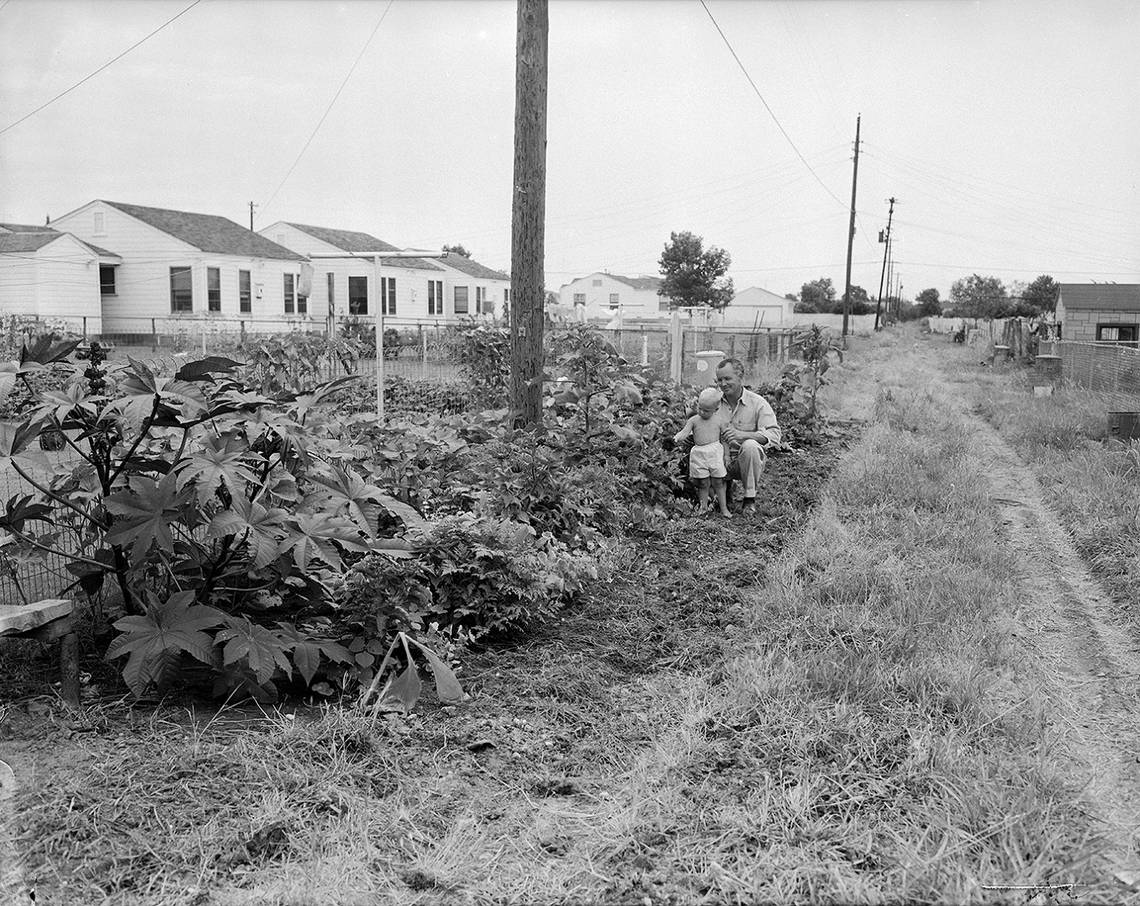Would you want to buy a home near a factory? For most of us, it evokes negative thoughts of belching smokestacks and noise. A name like “Factory Place” certainly doesn’t help.
Apparently earlier Fort Worth citizens felt the same way. Prior to the 1940s, there were only a handful of houses in Factory Place. Today, the heart of the neighborhood is located on Lisbon, Valentine, and Alamo (beginning two blocks west of Montgomery and paralleling West Vickery Boulevard) as well as a few blocks north of I-30 along the eastern portion of Calmont, Birchman, and Pershing. It remains one of Fort Worth’s few affordable central-city neighborhoods.
As early as 1891, a company that manufactured wood cook stoves occupied a space just north of the Texas & Pacific Railway tracks and east of what is now Montgomery Street. It gave name to the street once called “Stove Foundry Road,” now Vickery.
During the early 1890s, developers laid out the Brooklyn Heights Addition to provide worker housing near the Texas & Pacific Railway and factories. Despite the availability of residential lots, there were few takers. The area was outside the city limits, and there were no adjacent streetcar lines. By 1903, the former stove factory building was used by Axtell Windmills, and the Fort Worth Casket Factory and Fort Worth Sand and Glass had been built nearby.
In 1907, the West Fort Worth Land Company platted Factory Place, an ambitious development that was to include both residences and factories. The idea was to have a place where people could both live and work – a modern “mixed use” concept. Still, there were only a few takers.
During World War I, the neighborhood was just outside the southern boundary of the U.S. Army’s Camp Bowie – probably because of the factories and the railroad yard. After the war ended, the open residential lots were again available for development. The West Fort Worth Land Company re-started land sales about 1924.
Without a car, the area seemed far away from central Fort Worth. Camp Bowie had brought infrastructure to the area just to the north, making it more popular. For example, Reika Avenue (now the southern portion of Montgomery Street) had been bricked in 1918-1919 – a real asset as far as automobile traffic was concerned. West Fort Worth Land sold a large group of lots to the West Side Land Company.
Individual lot sales were slow enough, however, that West Fort Worth Land decided to auction 500 residential lots in April 1925. It was not successful. At this point, there were only a handful of houses on each of the major streets in Factory Place.

Both Brooklyn Heights and Factory Place provided housing opportunities for area workers, and there was a Brooklyn Heights School run by its own tiny school board. By the late 1920s, a barrio for Mexican railroad workers sprung up along the Texas & Pacific Railway tracks – giving the area the name, “El TP” – and the enclave later grew to the north – mostly in Brooklyn Heights.
Need for Housing Finally Spurs Growth
A major step forward occurred in 1942 when the City of Fort Worth annexed Factory Place.
World War II also spurred the need for housing for the wartime workers coming to work at the bomber plant and other defense-related industries. Stories about residential crowding – three couples sharing a three-room house and families who rented only a single room – ran in the newspapers.
Factory Place offered just what was needed – many open lots that were appropriate for small houses and close to town. Even though construction materials were in short supply for non-defense-related purposes, allowances were made for defense worker housing.
In 1934, the National Housing Act established the Federal Housing Administration (FHA). One of its missions was to provide mortgage insurance for loans originated by private lenders. This made it easier for people, especially those with a moderate income, to get a loan for their first home purchase.
Although the FHA rules had some major problems, including reinforcing racial segregation, it facilitated home ownership for many – almost all white – people who otherwise wouldn’t have qualified for a mortgage.
Rancher and oil man Luther McClung played a major role in the eventual development of Factory Place. In January 1942, he bought 540 lots from the West Side Land Company and began to build defense worker housing.

The four- and five-room houses were similar – wood-frame residences with either asbestos or wood siding. At one point, McClung took out 87 building permits at one time, then a city record. His economies of scale and similarity allowed McClung to build the homes for $3,000 each.
Finally, the neighborhood was built out. Although many of the houses were first rental properties, that changed as demand for home ownership fueled by veteran and other government programs surged.
Families added rooms to the small houses and undertook renovations, including new porches, siding, and windows, that individualized their former uniform appearance.
Factory Place Today
Today, a church has removed most of the houses in the part of the neighborhood north of I-30, leaving a hidden enclave between the freeway and the railroad yard. It is a relatively stable, naturally integrated (48% Latino, 41% white, and 8% Black), moderate income community. A majority of the homes are owner occupied.
It is a neighborhood that you don’t see unless you go looking for it. Its long, skinny profile has helped protect this hidden community from external development pressures. I’m hoping that it stays that way.
Carol Roark is an archivist, historian, and author with a special interest in architectural and photographic history who has written several books on Fort Worth history.
